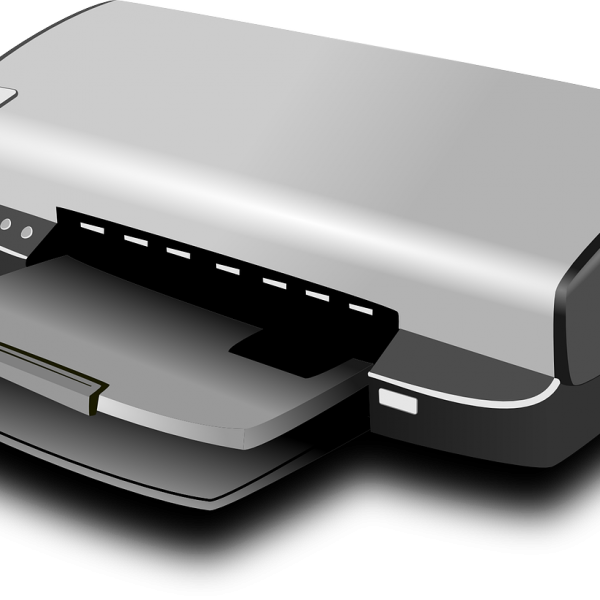Imagine hailing a taxi with no driver – just you and a computer navigating the roads. This futuristic concept of a driverless “robotaxi” is nearing reality as companies race to launch autonomous ride-hailing services.
Robotaxis have the potential to reshape urban transportation and mobility. Commuters could drastically reduce transport costs by ridesharing self-driving vehicles. But building a reliable and safe autonomous taxi fleet presents immense technical challenges.
Several major players are emerging in the robotaxi space with early pilot programs and plans to scale commercially in the next few years. Here’s an overview of the companies spearheading the robotaxi revolution:
Waymo
Waymo is widely considered the leader in autonomous driving technology and currently operates the largest fleet of test robotaxis. With over 20 million miles of real-world driving data, Waymo has a huge head start.
Waymo began by developing hardware and software for self-driving cars under Google’s banner. After spinning out as a standalone subsidiary of Alphabet in 2016, the company has focused solely on autonomous technology.
Waymo launched its first commercial robotaxi service called Waymo One in the Phoenix metropolitan area in 2018. The fully-driverless rides serve hundreds of users each day within its operational territory.
The company is also expanding testing to new cities like San Francisco and Los Angeles with a growing fleet of over 600 vehicles. Long-term, Waymo aims to build and license a complete hardware and software stack for robotaxis.
Cruise
Cruise is the self-driving subsidiary of General Motors aiming to deploy autonomous vehicles at scale. With backing from GM’s resources, Cruise is rapidly developing and testing its own modular autonomous platform.
Cruise acquired startup Strobe in 2017 to develop LiDAR sensors in-house rather than relying on third-party LiDAR systems. Custom sensors integrated into its self-driving system gives Cruise an advantage.
The company is testing robotaxis in San Francisco and recently gained approval to offer fully-driverless commercial rides without safety drivers. Cruise has raised over $7.25 billion in investments from GM, Honda, Microsoft, and institutional investors.
Zoox
Zoox is an autonomous mobility startup acquired by Amazon in 2020 for $1.2 billion. The deal provides Zoox substantial resources to pursue its vision of purpose-built robotaxis.
Unlike competitors that retrofit existing car models, Zoox is designing a bespoke vehicle optimized for autonomous mobility. The company plans to soon unveil its zero-emissions robotaxi that features bidirectional seating and innovative safety systems.
Zoox has over 1000 employees developing its automated driving software, prediction models, and propriety sensors. With Amazon’s backing, Zoox aims to deploy autonomous fleets in major cities by the mid 2020s.
Argo AI
Argo AI is a Pittsburgh-based self-driving startup backed by large strategic investors Ford and Volkswagen. With $7 billion in combined funding, Argo is developing an integrated robotaxi platform.
Argo is taking a “full-stack” approach to making its technology scalable across different geographies and vehicle types. Its focus is on building AV systems that can be reused across multiple automaker applications rather than one-off deployments.
In addition to robotaxis, Argo’s technology will likely end up in commercial delivery vehicles. Volkswagen and Ford plan to launch autonomous transit services powered by Argo’s stack within the next few years.
Motional
Motional is a joint robotaxi venture between automaker Hyundai and tech company Aptiv. With headquarters in Boston, Motional has operations in several major cities to test and refine self-driving systems.
Motional and Lyft have a partnership to provide over 100,000 robotaxi rides by 2023. The company is also working with ridesharing unicorn Via on shared public transit solutions using driverless technology.
Leveraging Hyundai’s automotive expertise and Aptiv’s autonomous experience, Motional is taking a pragmatic approach to deploying robotaxis through strategic partnerships and data-driven testing.
Aurora
Founded by former leaders from Google, Tesla, and Uber, Silicon Valley startup Aurora aims to be the Android of self-driving – building core autonomous technology that can integrate into vehicle fleets from Toyota, Volvo, and other partners.
With over $1 billion in funding, Aurora’s vertically integrated strategy includes R&D across sensors, software and data services required to launch robotaxis. The company sees ride-hailing networks as the fastest path toward commercializing its technology.
After several high-profile executive departures, there are questions if Aurora can deliver on its lofty robotaxi ambitions. But its talent, funding and partnerships make Aurora a contender.
Pony.ai
A relative newcomer founded in 2016, China’s Pony.ai has rapidly become a robotaxi leader thanks to partnerships with automakers like Toyota and GAC Group.
Pony is currently testing autonomous vehicles in Guangzhou, Shanghai, Beijing, and California with plans to deploy ride-hailing fleets in the coming years. The company’s valuation exceeded $8.5 billion in early 2022 indicating strong investor confidence.
Pony’s self-driving trucks also just gained approval to operate commercially for freight delivery in China – another pathway for autonomous vehicle businesses seeking nearer-term revenue.
Mobileye
Intel’s Mobileye is best known for advanced driver assistance (ADAS) systems in new cars, but it is expanding aggressively into robotaxis. In 2022 and 2023, Mobileye plans to deploy two autonomous ride-hailing services in Tel Aviv and Munich using fleets co-developed with NIO and Sixt SE.
With over 100 million vehicles worldwide already equipped with some Mobileye technology, the company can mine rich data to continually improve self-driving algorithms. Mobileye sees robotaxis evolving into a data network generating real-world experience.
As robotaxis emerge as a new mobility paradigm, Silicon Valley giants to automotive conglomerates are vying for leadership. Waymo holds the edge given its multi-year head start. But the robotaxi race remains wide open as rivals invest billions to prove the safety and viability of driverless transports.
But despite the hype in boardrooms and news headlines, meaningful mainstream adoption of robotaxis is still years if not decades away. Operational domains remain limited due to persistent technology gaps and public skepticism.
Most experts believe human safety drivers will stay behind the wheel for the foreseeable future. Early robotaxi businesses will focus less on profitability and more on data collection and optimization. Building public trust through stellar safety records takes precedence over rapid deployment.
As players grapple with challenges around complex scenarios of dense traffic, foul weather and human unpredictability, robotaxis scaling past small geo-fenced areas unsupervised still feels distant. And possible job losses amongst professional drivers could bring labor opposition.
Yet the momentum is clearly building. With every funded milestone and jurisdictional approval, autonomous technology comes closer to readiness. Robotaxis promise more affordable, accessible and sustainable mobility to underserved communities while opening new horizons for public transit.
The potential for shared autonomous vehicles to reduce traffic and emissions makes their development critically important amidst global infrastructure and climate pressures. But the companies carrying robotaxis from R&D to reality must take a measured, cautious approach prioritizing lives over headlines.
If the necessary foundation of safety infrastructure and enabling legislation keeps pace with technological strides, we could yet see cities transformed by ubiquitous automated rideshare services within the next decade. Robotaxis’ ultimate form and impact remains unclear, but their arrival is imminent.




